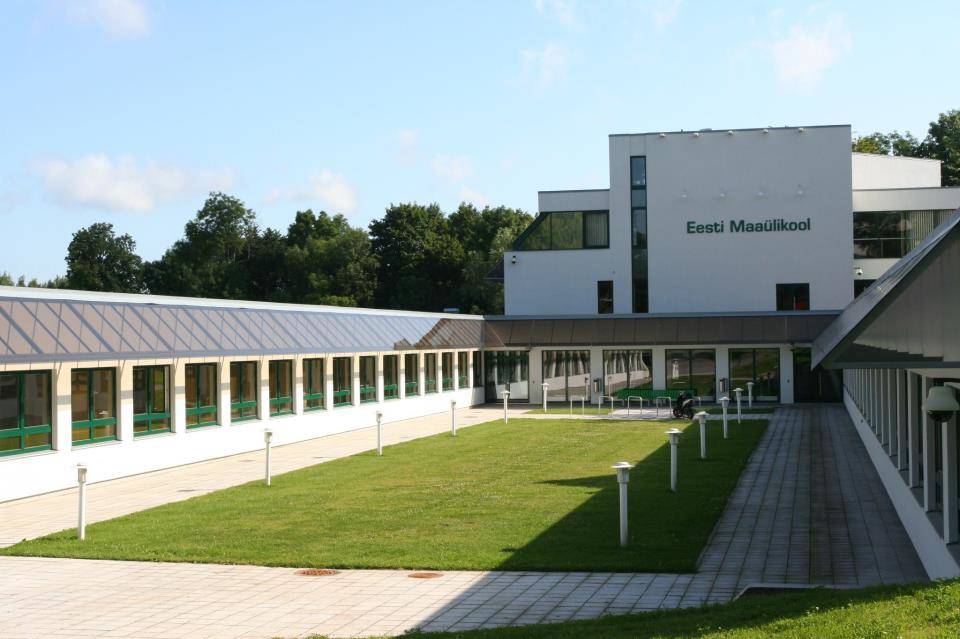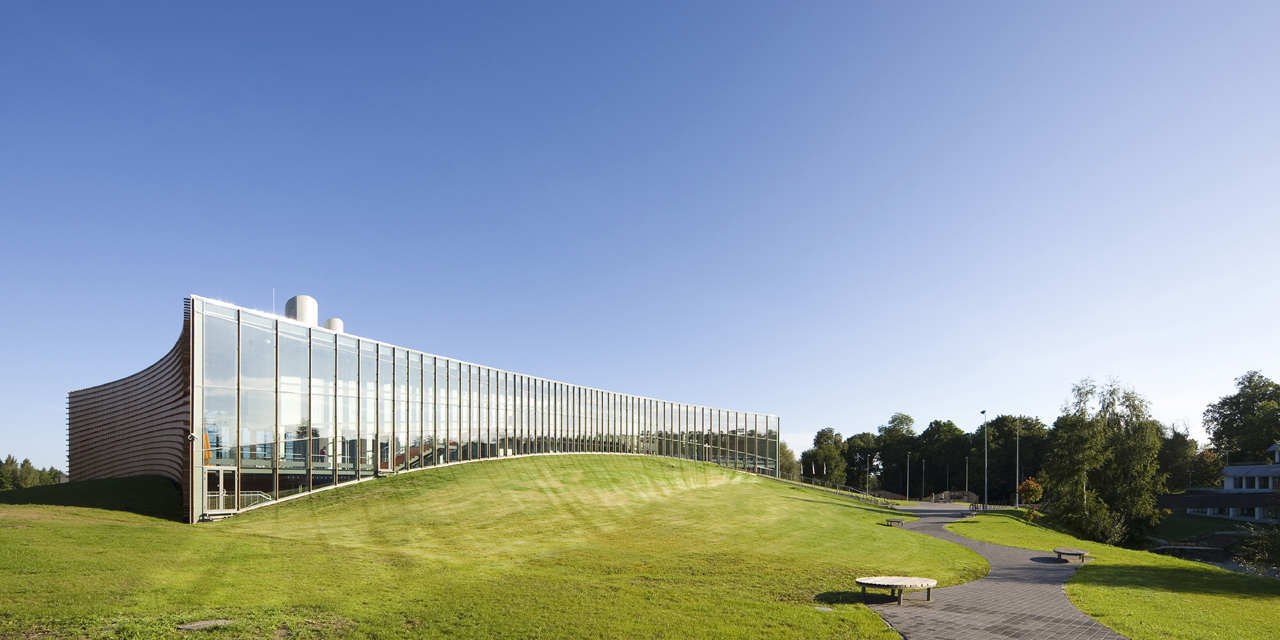According to the QS World University Rankings by Subject, the Estonian University of Life Sciences is one of the top 100 universities in the world in the field of agriculture and forestry.
Published by the international consultation company, Quacquarelli Symonds, the QS World University Rankings by Subject ranks the world’s universities by 46 subjects. The Estonian University of Life Sciences, established in 1951, is ranked 51 to 100 in the world in the field of agriculture and forestry.
To compile the rankings, QS takes into account a university’s reputation among researchers and employers of the respective field and bibliometric indicators (Elsevier’s bibliographical database Scopus is used as a source). For the 2017 rankings, the data of almost 4,500 universities was analysed and there are 1,117 universities that are represented in at least one subject ranking list.
Watering springs of educational wealth
The University of Life Sciences has operated in its modern reincarnation since 2005, but its roots reach as far back as the opening of Estonia’s oldest institution of higher education, the University of Tartu, in 1632. Johan Skytte, a Swedish politician and the founder of the University of Tartu, said at its opening ceremony in 1632 that “… even the peasants of this country could get their share of the watering springs of educational wealth”. This statement is marked as the beginning of agricultural education in Estonia.
In 1951, the University of Tartu’s three faculties – agriculture, forestry and veterinary science – were merged to form an independent university, called the Estonian Academy of Agriculture. The academy was directly subordinate to the Soviet Union Ministry of Agriculture and prepared specialists in different fields of agriculture from agronomists and animal breeders to experts in the electrification of large farms.
When Estonia restored its independence in 1991, this also spelt the end of the Soviet-imposed collective farms which, in turn, required a different approach in the education the academy provided. Going through many changes in the 1990s and early 2000s, it was renamed the Estonian University of Life Sciences in 2005. The university’s academic and research activities have since focused on the sustainable development of natural resources as well as the preservation of heritage and habitat.
The university also belongs to the top 1% most cited research facilities in the world, with its plant physiology professor Ülo Niinemets being globally the most cited Estonian researcher.
I
Cover: One of the campus buildings of Estonian University of Life Sciences in Tartu.



